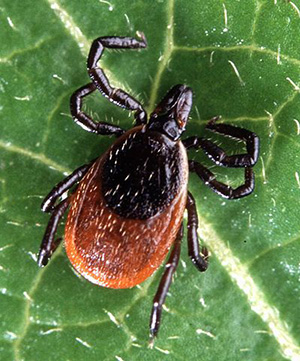Protecting Yourself from Insect Associated Disease
Protecting Yourself from Insect Associated Disease
August, 2013

Mosquitoes can spread malaria, various kinds of encephalitis, and West Nile Virus. Most West Nile Virus infections occur from July through September, and infected mosquitoes can be found anywhere in the country. Mosquitoes are most active from dusk to dawn, although some are active during the day.
Lyme disease is the most common disease spread by ticks in the U.S. But ticks spread other maladies such as babesiosis, ehrlichiosis, Rocky Mountain Spotted Fever, anaplasmosis, tularemia, Colorado tick fever, Powassan encephalitis, and more. In fact, a new paper in Parasites and Vectors reports tick-borne illnesses are on the rise in the U.S., with 35,000 cases of Lyme Disease alone reported annually to the Centers for Disease Control and Prevention (CDC).

Symptoms of mosquito- or tick-borne diseases may include:
- Body or muscle aches;
- Fever;
- Headache;
- Fatigue;
- Joint pain;
- Rash;
- Stiff neck; or
- Paralysis.
Outdoor workers can be exposed to ticks in wooded areas, high grass, or leaf litter. Train outdoor workers about their workplace hazards, including vector-borne diseases, and recommendations for preventing and controlling their exposures.
Protections include:
- Wearing long-sleeved shirts and long pants tucked into boots or socks;
- Using insect repellants containing 20 - 50 percent DEET on exposed skin and clothing;
- Applying insecticides (e.g. permethrin) to clothing (not on skin);
- Checking clothes and skin frequently for ticks;
- Washing and drying work clothes using the "hot" settings to kill any ticks present;
- Seeking prompt medical attention for the symptoms of a vector-borne disease.



